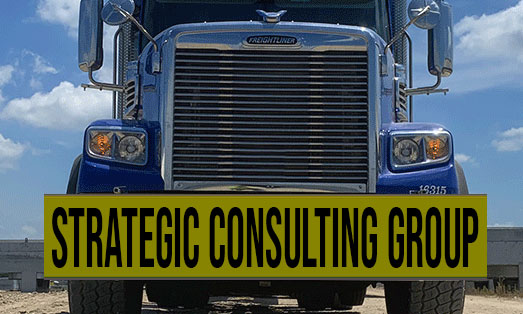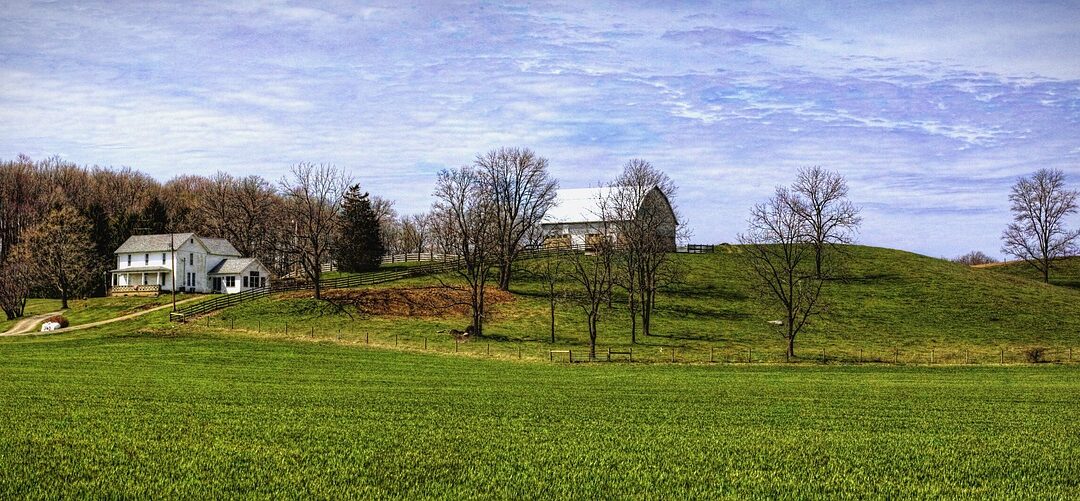Cost / Document Control: Managing budgets and project documentation. in Tooele County
Cost / Document Control: Managing budgets and project documentation., Schedule Assurance / Review, etc
Keeping Your Projects on Track: A Tale of Two Keys
Imagine you’re building a magnificent castle. You have the blueprint, the workers, and the raw materials. But without proper planning, your dream could crumble into dust.
Just like a castle needs strong foundations, successful projects rely on two critical elements: cost control and document management.
Managing your money wisely is like building a sturdy wall. A well-planned budget acts as your compass, guiding you through the project’s journey. It allows you to make informed decisions about where to allocate your resources, ensuring you stay on track and avoid costly pitfalls.
Think of documentation as the castle’s historical archives. Just as meticulous record-keeping helps historians understand the past, thorough documentation provides a clear roadmap of your project’s progress. It captures decisions, milestones, and potential challenges, allowing you to learn from experience and improve future endeavors.
Tooele County, Utah, provides a shining example of how effective cost and document control can lead to magnificent projects. Their meticulous approach has ensured the successful completion of numerous initiatives, proving that strong foundations truly pave the way for lasting success.
Remember, your project is a journey, not a race. By embracing cost control and document management, you’ll not only reach your destination but also build a legacy that stands the test of time.
Keeping Your Projects on Track: Cost and Document Control
TL;DR: This article explains how managing your money and keeping track of important documents is crucial for successful projects. It covers how to plan your budget, manage project documents, and ensure you’re on schedule for a smooth project experience.
The Importance of a Budget
Imagine building a house. You wouldn’t start without a plan for how much materials, labor, and tools will cost, right? That’s what a budget is for – it’s your project’s roadmap to success. A well-planned budget helps you:
- Stay on track: By knowing exactly what you can spend, you can make informed decisions about where to allocate your resources.
- Avoid surprises: Unexpected costs are less likely to derail your project when you have a good budget in place.
- Keep things realistic: A budget forces you to be realistic about the project’s scope and what’s truly achievable.
Budgeting Basics: Creating a Winning Plan
Creating a budget isn’t rocket science, but it does require careful planning and attention to detail. Here’s a breakdown of the steps:
1. Define Your Project Scope
Before you can make a budget, you need to know what exactly you’re trying to achieve. Ask yourself:
- What are the project’s goals? What do you want to accomplish?
- What specific tasks are involved? Break down the project into smaller, manageable steps.
- What resources are needed? This includes materials, labor, tools, and anything else needed to complete the tasks.
2. Estimate Costs
Now that you know what your project entails, it’s time to estimate the costs of each task. Remember, it’s better to overestimate than underestimate. Here are some tips:
- Research: Look up prices for materials, labor, and other resources you’ll need.
- Ask for Quotes: Get multiple quotes for major items or services to get the best deals.
- Factor in Contingencies: Always set aside some extra money for unexpected expenses.
3. Track Your Spending
Once you have a budget, it’s crucial to track your spending closely. This will help you:
- Identify any potential problems early: If you notice you’re spending more than planned, you can take action to adjust.
- Make informed decisions: Knowing where your money is going can help you prioritize expenses and make smarter choices.
- Ensure accountability: Tracking expenses keeps everyone involved in the project accountable for their spending.
Project Documentation: Keeping Records of Your Work
Just like a budget helps you manage money, good documentation helps you manage your project’s information. Think of it as keeping a detailed journal of your project.
Why is documentation so important?
- Clear communication: It allows everyone involved in the project to stay on the same page.
- History and context: It provides a record of decisions, changes, and progress.
- Problem-solving: It helps identify and address issues quickly.
- Future reference: It provides a valuable resource for future projects.
Key elements of good documentation:
- Project Plan: A comprehensive outline of the project’s scope, tasks, timelines, and resources.
- Meeting Minutes: Records of important discussions and decisions.
- Change Logs: Documentation of any changes made to the project plan or scope.
- Communication Logs: A record of emails, phone calls, and other communications.
- Progress Reports: Regular updates on the project’s progress.
Schedule Assurance and Review: Staying On Track
Another important aspect of managing projects is ensuring your schedule is realistic and that you’re sticking to it. This is where schedule assurance and review come in.
What does schedule assurance and review entail?
- Regularly reviewing your schedule: Make sure you are on track to meet deadlines.
- Identifying potential risks: Recognize any factors that could delay the project.
- Developing mitigation plans: Have strategies in place to address any risks that could arise.
Tooele County: A Case Study in Successful Project Management
Tooele County, Utah, is a great example of how effective cost and document control can lead to successful projects. They have a strong emphasis on budgeting and tracking expenses, ensuring that projects stay within budget. They also use a comprehensive documentation system to ensure clear communication and accurate record-keeping. This approach helps them manage projects efficiently and achieve their goals.
Summary
Successful projects rely on meticulous planning, control, and documentation. A well-crafted budget allows for informed spending and realistic expectations, while comprehensive documentation provides a clear roadmap for communication, progress tracking, and decision-making. By embracing schedule assurance and review, you can proactively identify potential risks and develop strategies to ensure your project stays on track. Just like Tooele County, prioritizing these practices sets the stage for project success.
More on Cost / Document Control: Managing budgets and project documentation.…
- ## SEO Keywords: Cost / Document Control & Schedule Assurance
- General:
- document control software
- budget management software
- project documentation management
- schedule management software
- project cost control
- cost tracking software
- project schedule assurance
- project review process
- Specific:
- document control for construction
- budget management for engineering projects
- project documentation for IT projects
- schedule assurance for manufacturing
- project cost control for healthcare
- cost tracking software for software development
- project schedule assurance for construction
- project review process for manufacturing
- Benefits:
- improve project profitability
- reduce project risks
- enhance project efficiency
- ensure project success
- improve team collaboration
- increase accountability
- reduce rework and delays
- Tools & Techniques:
- document control procedures
- cost control methods
- schedule assurance techniques
- project review best practices
- budget tracking tools
- document management systems
- project management software
- Industry:
- document control in construction
- budget management in healthcare
- project documentation in IT
- schedule assurance in manufacturing
- project cost control in engineering
- Long-Tail Keywords:
- how to improve document control in projects
- best software for budget management
- tools for project schedule assurance
- tips for effective project review
- the importance of project documentation control
- how to track project costs effectively
- strategies for reducing project schedule risks
- Questions:
- what is document control in project management?
- how to create a budget for a project?
- what are the best practices for schedule assurance?
- how to conduct effective project reviews?
- what software is best for managing project documents?
- how to track project costs and expenses?
- These keywords can be used in various SEO efforts, including:
- Website content optimization
- Blog posts and articles
- Social media marketing
- Search engine optimization
- Paid advertising campaigns


